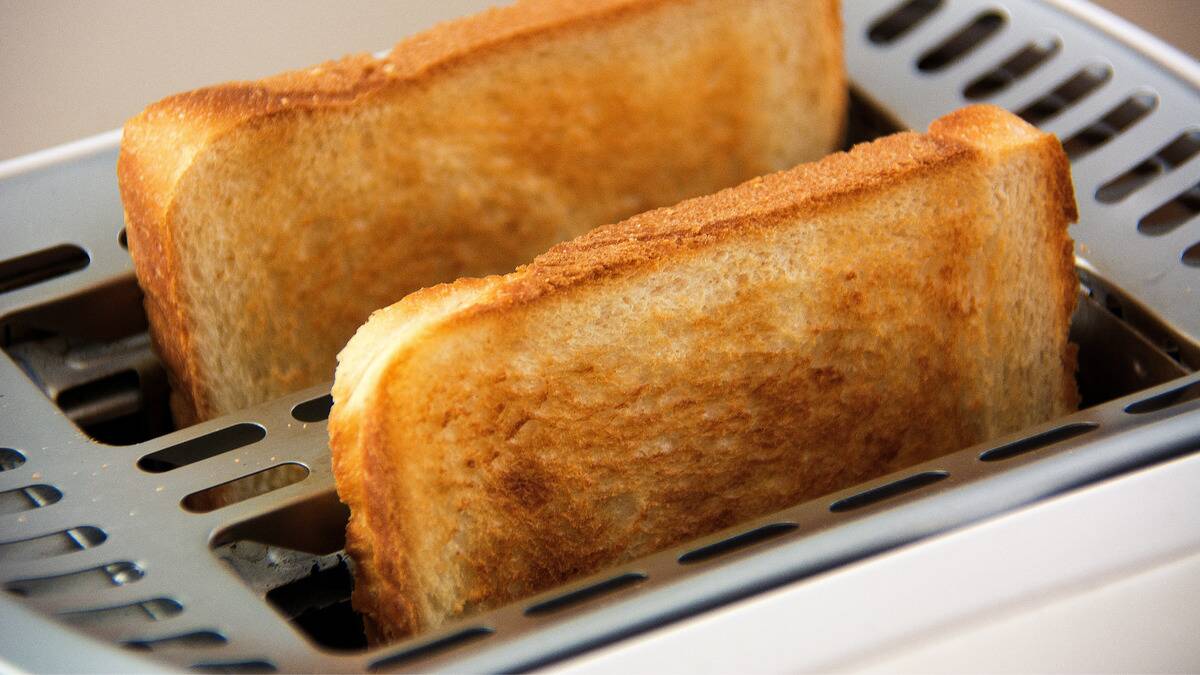The Burnt Toast Theory, How To Stop Settling For Less
Everyone has value. Your value could lie in your resourcefulness, your kindness, your adaptability, and any positive quality you have that gives you worth. Even without them, every person on Earth has inherent worth simply for existing, as every soul is valuable.
Just because everyone has it, though, that doesn't mean everyone sees how much value they truly carry. This mindset can grow and fester into something that leaves people feeling, well, worthless, but that's not a feeling they have to carry forever.
Struggling with low self-esteem and being unable to find your worth can be the result of unhealed wounds from our childhood, wounds that still latch onto our hearts and leave us struggling to keep up with our peers.
To heal these wounds, you must work with your inner child and soothe their soul. Inner child work goes directly to the root of your pain and transforms with you as you overcome it. For a complete guide and introduction to inner child work, try the Inner Child Journal today.
One's Own Value

Knowing one's worth, while important, isn't always easy. There are multiple forces at play that actively try to prevent us from doing just that, wanting us to remain subdued and easier to influence without us challenging it. Most people will unknowingly settle for way, way less than they deserve, simply because they don't know that fighting for more is an option.
This is such a pervasive attitude that a metaphorical theory has been created about it, the burnt toast theory.
Bitter Taste

The burnt toast theory refers to someone who always settles for burnt toast, not attempting to make or ask for another serving because they don't consider themselves worth the effort, not wanting to 'waste' anything or be a burden to others by asking for unburnt toast. It's meant to represent those who settle for less time and time again, often in multiple areas of their life.
Its exact origins are unknown, but many mental health support and self-help groups use the burnt toast theory as a means of helping people understand that they're allowed to ask for more.
Used To The Treatment

Settling for burnt toast (or anything else below your value) can result from struggles with self-esteem, issues with asserting oneself, or simple habits. Once you get used to accepting less, that becomes your new baseline. You'll regularly let yourself be treated poorly, not be given due credit, or stay unfulfilled because you think that's what 'normal' is.
So, how can you use the burnt toast theory to better yourself? How can this concept teach you to stand up for yourself and advocate for proper treatment? There are five main ways you can apply the burnt toast theory to your life starting today and use it to strengthen your self-worth.
1. Reflect On Yourself

The first and most basic step is to practice self-reflection. It's perhaps the most important step, as being able to think deeply about how you interact with both yourself and the world around you is what shapes your perception.
Think deeply about where in life you feel dissatisfied. Is it at work? In your relationship? With family? What drains your spirit, what leaves you exhausted at the end of your day? It will be painful to focus on these subjects, but once you've identified them, you can face the painful truths that accompany them, understanding where, how, and why you're settling for less.
2. Learn Your Worth

This step is probably the hardest of them all. It's really tough to shake off years, decades, maybe even a lifetime of believing you're worth less than your peers, but everyone is capable of doing it with enough dedication. Well, dedication, work, and endless compassion for one's self, too.
Going to therapy is the most effective means of doing this, but if you don't have access to therapy, it is still a journey you can take on your own. Learn self-esteem-centered mindfulness practices, surround yourself with people who help affirm your worth, and regularly remind yourself of all your best qualities.
Overcome your biggest struggles by working with your inner child, learn how by clicking here.
3. Set Strong Boundaries

Once you're a bit more confident in your worth, you can start setting real boundaries that will prevent you from being taken advantage of again in the future. Commit to your own comfort, and learn to say 'no' with confidence, even when it feels scary.
Boundary setting is a skill that takes practice. You're not going to set them perfectly every time. You might need to move or readjust them, and it's likely that you won't be great at enforcing them right away, as this is something new for you.
4. Be Assertive

Part of learning how to enforce boundaries is learning how to assert yourself. Being assertive doesn't mean being rude, pushy, or controlling. All it means is reminding people of your limits, only being stern when you feel it's necessary. Most people don't mean to cross boundaries when they do it, it's accidental, so starting with a gentle reminder that can increase in assertiveness if they keep pushing is the way to go.
Being assertive is being honest. It's showing respect not only for yourself, but for those you interact with, as you're trusting that they'll listen and be courteous regarding your needs.
5. Make Big Changes

Once you build up these skills and have a better sense of your value, you can start making bigger changes in other areas of your life. There will come a time when you decide to never eat burnt toast again, and that's when the possibilities really start to open up. Maybe you'll want to leave a workplace that stresses you out, cut off a toxic friend, or stand up for yourself against a parent who's diminishing your accomplishments.
All of these behaviors and the confidence to do these things are born from recognizing the moments when burnt toast is being handed to you in your life. Eventually, you'll be able to turn it down every time.
Wanting More

Carving out a life that you deserve may not be easy, but it's worth the temporary discomfort if it'll create a happier, healthier, more fulfilling future. Yes, it'll take some work, and healing is never a linear process so you will see some setbacks, but the rewards you'll find as the journey settles will be priceless.
So put down that burnt toast, throw it out completely, and make a promise today that you'll never settle for anything less than you deserve ever again.

To sign up for the Higher Perspectives weekly newsletter and get more articles delivered right to your inbox, click here.





